I've been researching RS485 hotplug protection for a while and come up with the following solution. The reason is that I burned two custom Arduinos, after further investigation it turned out the GND pins of the Molex connector of the hub were not properly seated and made contact very late. So my intention is to add a delay + ramp on the +12V, and I have also added the RS485 protection from https://www.mouser.com/new/analog-devices/adi-bourns-rs-485-transceiver-protection/
However, I have very little electronics experience and need help verifying that all is good before I get PCBs made and assembled for this.
Project is available here
Relevant updated parts from old design
+12V delay and ramp:
RS485 Protection from Mouser.com:
Full Schematic:
PCB:



